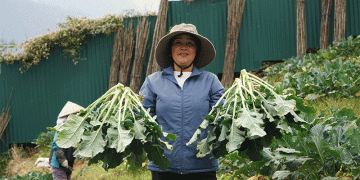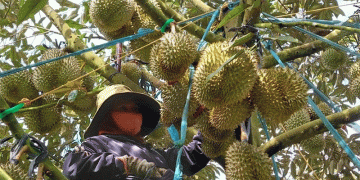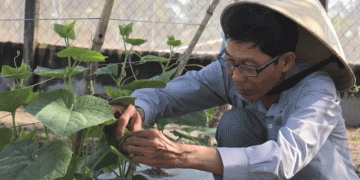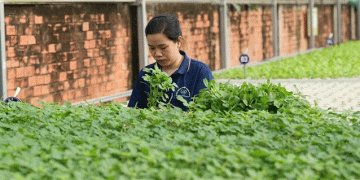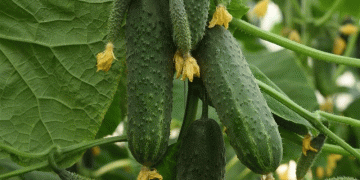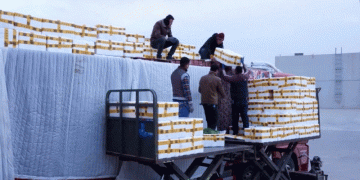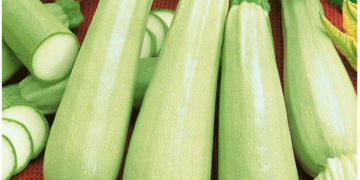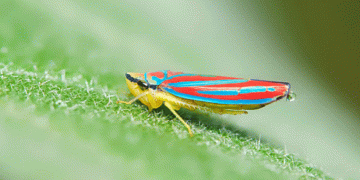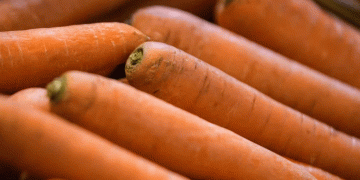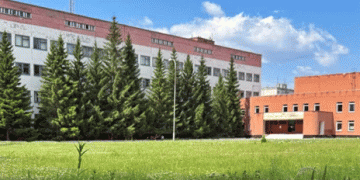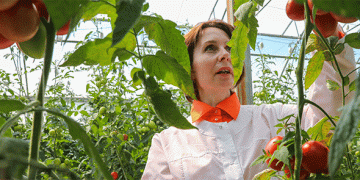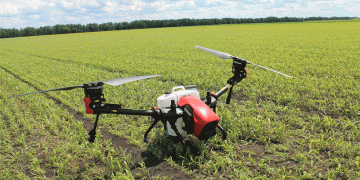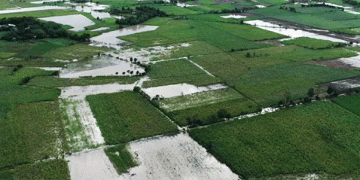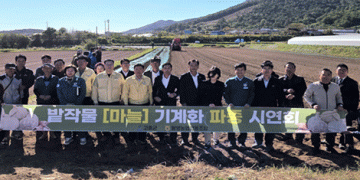Food waste is a pressing global issue, with approximately 1.3 billion tons of food discarded annually—nearly one-third of all food produced (FAO, 2023). Traditional disposal methods, such as landfills, contribute to greenhouse gas emissions, with food waste accounting for 8-10% of global CO₂-equivalent emissions (UNEP, 2022). To combat this, scientists are exploring upcycling—converting waste into higher-value products—through advanced techniques like pyrolysis, a process that thermally decomposes organic materials in an oxygen-free environment.
Turning Cabbage into Carbon Sensors
An interdisciplinary team from Gdańsk University of Technology and the Institute of Fluid-Flow Machinery (Polish Academy of Sciences) successfully transformed Chinese cabbage leaves into activated carbon enriched with copper nanoparticles, a material ideal for electrochemical sensors. Their research focused on detecting ascorbic acid (vitamin C), a crucial nutrient in food and pharmaceuticals.
Key Steps in the Process:
- Preparation: Cabbage leaves were cut and soaked in copper salt solutions.
- Pyrolysis: The treated leaves underwent thermal decomposition in an inert atmosphere, producing a carbon-copper composite.
- Electrode Fabrication: The resulting powder was used to modify a glassy carbon electrode, enhancing its sensitivity to vitamin C.
- Testing: The sensor successfully measured vitamin C levels in commercial fruit juices, demonstrating real-world applicability.
Scientific Impact and Future Applications
The findings, published in the high-impact journal Sustainable Materials and Technologies, highlight the potential of food waste-derived materials in sensor technology. Additionally, the team has filed a patent application, paving the way for commercial use.
Future research will explore 3D-printed electrodes, integrating the carbon-copper composite into polymer matrices for scalable production. This aligns with the RedOX Scientific Circle’s broader mission to advance electrochemical innovations, including wearable biosensors and environmental monitors.
This breakthrough exemplifies how agricultural waste can be transformed into cutting-edge technology, offering sustainable solutions to both food waste management and sensor development. By leveraging pyrolysis and electrochemistry, researchers are turning problematic waste into valuable tools for food safety, healthcare, and environmental monitoring.















